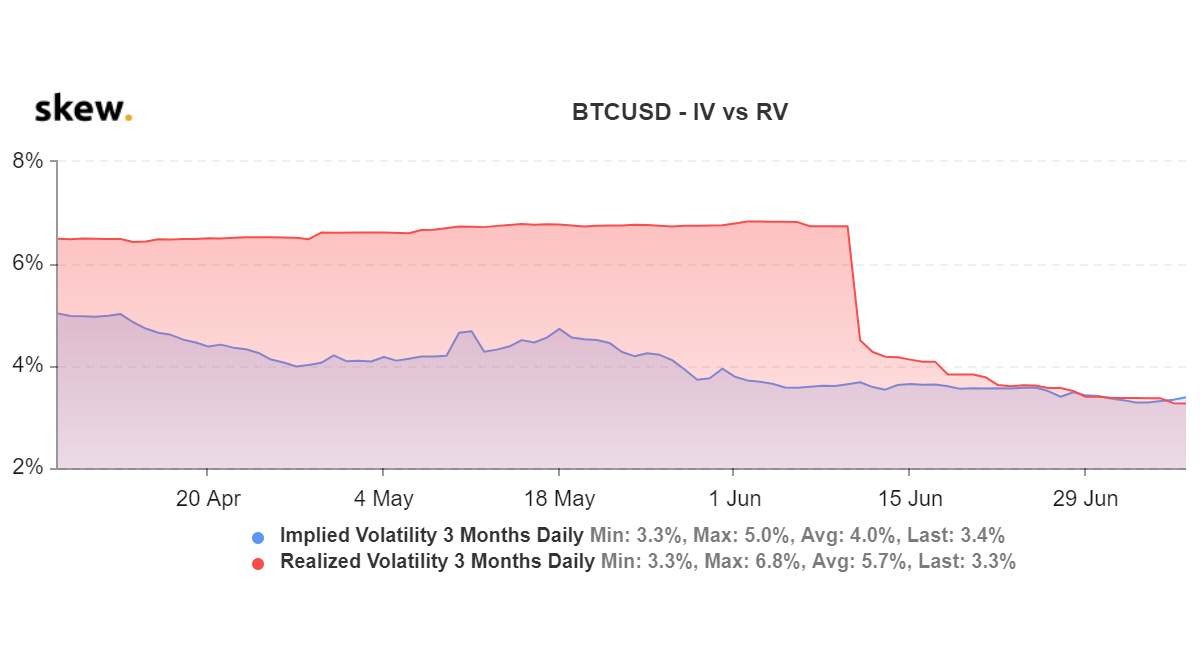Bitcoin no longer reflects “digital assets investable universe”

With a pandemic still ravaging global markets, many investors have sought to look at it as the best time to make investments that might reap some rewards in the future. In fact, many traders have been looking to diversify their portfolios with the inclusion of digital assets as well, with Bitcoin being a notable part of this decision. Despite providing great returns to investors, there is still some way to go before Bitcoin is truly accepted as a mainstream diversifier of portfolios.
Bitcoin gained by 42% in the second quarter, while its YTD returns were restricted to 26%. In fact, many digital assets managed to record a similar percentage in returns too. However, small-cap assets were the ones leading the year, not Bitcoin. These small-cap assets are mostly in the “pass-through securities” bucket of the digital asset or belong to a specific sector or category, something like DeFi.
However, off-late, the focus has mainly been on Bitcoin-only funds, passive “crypto-indexes.” Tracking stocks, ETFs with the word Blockchain in them, and actively managed private funds. Despite having multiple options, the returns on these options have been suboptimal for the past few years. It also failed to include the most interesting, valuable, and fastest-growing components of the ecosystem.
As per a report released by Arca, Bitcoin no longer is a reflection of the “overall digital assets investable universe,” adding that there are many other important projects that have managed to outperform BTC, like VeChain and Kyber Network [KNC].
This is a crucial observation since VeChain [VET] was the most traded asset in the crypto-space last week, while KNC also noted great market strength after it was announced as a collateral type on MakerDAO on 26 June. Further, Kyber was also in the news after it revealed that the Katalyst protocol was going live.
Contrary to the fortunes of these altcoins, Bitcoin has been registering fluctuations in volatility due to stagnation. This was evidenced by the fact that at the time of writing, Bitcoin’s Realized volatility had dipped under its Implied Volatility.

Source: Skew
The rising IV on the charts could compensate the sellers for the risks they seem to be taking in the market. Further, this downward movement in realized volatility’s charts pointed to consolidation taking place in the market. What effect these changes will have on Bitcoin’s price performance in the near-term, especially in relation to the market’s small-cap assets, is anybody’s guess.






